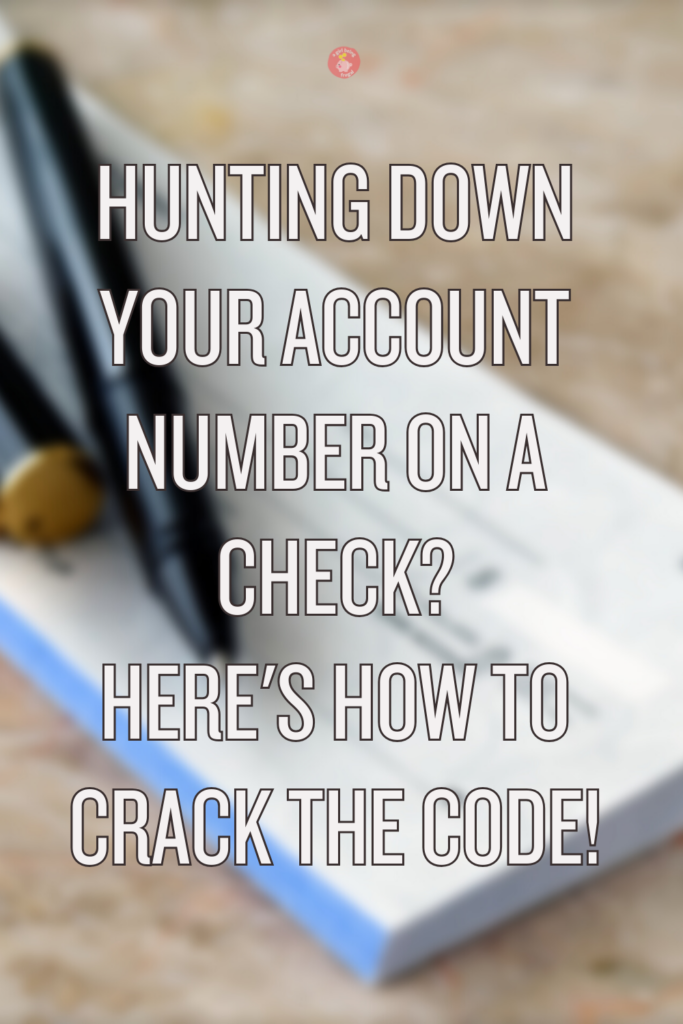How Do I Find My Account Number on My Check?
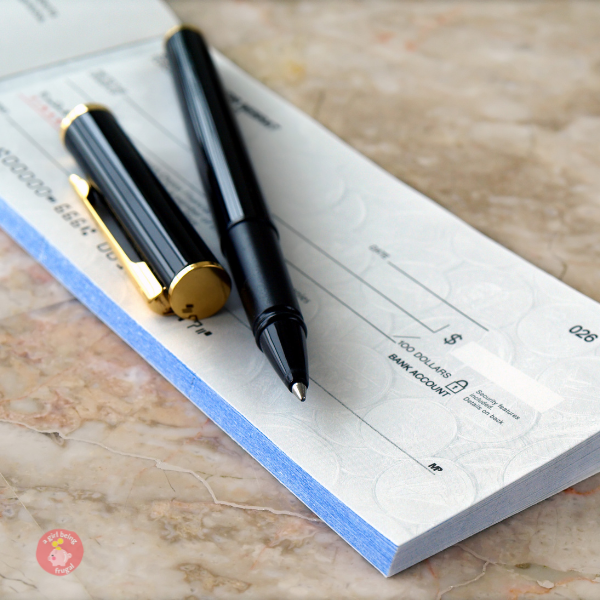
When it comes to managing your finances and navigating the banking world, understanding how to find your account number on a check is crucial. Your account number is a unique identifier that tells banking institutions which account your money is stored in, and it’s essential to know it for tasks like setting up direct deposit, making payments, and transferring funds.
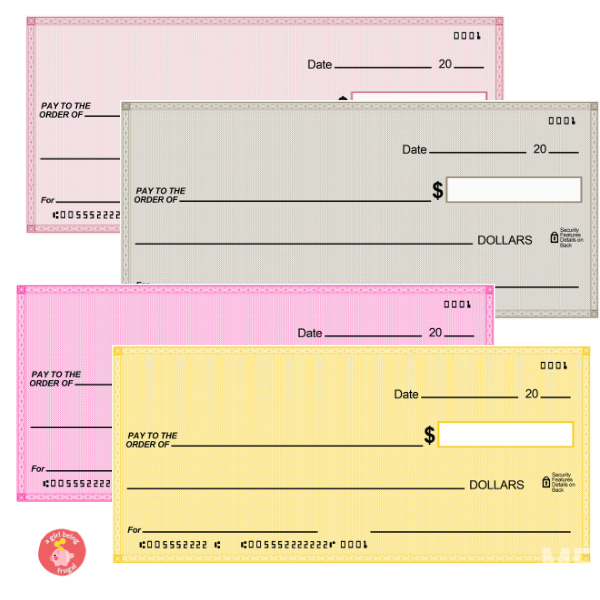
So, how do you find your account number on a check?
Firstly, you need to locate the bottom of a check, where you will find three groups of numbers. The first group is your routing number – a nine-digit number that identifies which financial institution your account is located at and helps facilitate electronic transfers. The second group is your account number. The account number is usually a series of digits located directly after your routing number. The third group of numbers is your check number, which identifies the order of the checks being issued from your account.
However, it’s essential to note that the placement of these numbers can vary, and sometimes, the account number is swapped with the check number, making it confusing for first-time users. In such cases, the longer number is typically the account number.
If you cannot physically access your check, you can also find your account number on your online statement.
Your account number is an important detail you must keep secure as it grants access to your bank account. It’s crucial to keep your account number confidential and never share it with unauthorized or suspicious individuals or entities. Also, it’s vital to double-check your account number before using it for any banking transaction to avoid depositing or withdrawing funds into the wrong account.
Finding your account number on a check is a relatively simple process, but it’s essential to know it for managing your finances and completing banking tasks.
Remember to be cautious when sharing your account number and to double-check the digits before using it for any banking transaction. With this knowledge, navigating the banking world and managing your finances will become a more straightforward task!
You might enjoy these posts:
- What Happens If You Don’t Keep Track of Your Expenses?
- How Can I Save Money Fast With Bills?
- Where Can I Cash In Coins For Free?
How many digits is an account number?
When it comes to managing your finances, understanding your account number is crucial. Your account number is a unique identifier that tells banking institutions which account your money is stored in and is needed for tasks like setting up direct deposit, making payments, and transferring funds.
The number of digits in an account number varies depending on the financial institution. Most banks assign account numbers that have between eight to 12 digits, but some account numbers could even contain up to 17 digits. However, the length of an account number does not impact its functionality or importance.
It’s essential to note that an account number is distinct from a routing number, which identifies the financial institution where you have your account. The routing number is always nine digits long, but your account number could be different based on your specific financial institution. Therefore, it’s crucial to obtain your specific account number to conduct financial transactions reliably.
You can find your account number on your checks or by accessing your account online through your financial institution’s website or mobile banking app. When you receive checks from your bank, the account number is usually printed towards the bottom. The placement of the account number on a check can vary, which can be confusing for first-time users. It’s always best to double-check the number of digits in the account number to ensure that it’s correct.
You can easily find your account number online if you don’t have a checkbook or access to it. Log in to your online banking account and navigate to the account page. The account number is usually displayed along with your other account details. If your financial institution offers a mobile app, you can find your account number there, too – go to the account settings and look for your account number.
Your account number is vital information that needs to be kept secure. It’s crucial not to disclose your account number to anyone suspicious, as it could be used to commit fraudulent activities such as identity theft. You should also double-check that your account number is correct before conducting a financial transaction.

Where is the account number on a check name?
Typically, you can find your account number on the bottom of the check, below the routing number, which is usually a nine-digit number. The account number is usually between 9 and 12 digits long and is on the right side of the check. The account number is a unique identifier that tells the bank where to take the funds from when you make a transaction.
It is essential to double-check the account number to ensure that it is correct before making any transactions, as even a minor mistake can lead to inaccurate transactions and cause problems. Remember that the account number’s placement on the check may vary, so sometimes, you may need to look closely to locate it.
If you do not have a check, you can access your account number online through your bank’s or mobile banking app. Simply log in to your account, navigate to your account page, and look for your account number. It is usually displayed somewhere on the overview screen of your account. If you are having trouble locating your account number, you can contact your bank’s customer service for assistance.
It’s important to note that your account number is distinct from your member number, and both numbers should not be confused. Your member number is a unique identifier that is assigned to you by your financial institution, and it is different from your account number.
Having access to your account number is essential to manage your finances. Having this information at your fingertips can help you save time and avoid the trouble of having to contact your financial institution every time you need to perform a transaction.
Is the account number the same as the member number?
When conducting financial transactions, people often confuse the account number with the member number. However, it is essential to understand that these two numbers are different and serve different purposes.
What is an account number?
The account number is a unique identifier that is assigned to a specific bank account. It is usually between 9 and 12 digits long and can be found at the bottom of a check, beside the routing number. The account number tells the bank where to transfer funds from when you conduct any financial transactions. Ensuring that your account number is accurate is critical to prevent delays or other issues.
What is a member number?
A member number is a unique identifier assigned to each member in a credit union. It is similar to a customer number or a client number, and it serves as a way for the credit union to locate your account quickly. This number is also used for security purposes to ensure that only authorized individuals can access your account information.
What is the difference between the two?
The main difference between the account number and the member number is that the former is specific to the bank account while the latter is specific to the customer’s relationship with the financial institution. The account number is used to complete financial transactions, while the member number is used for internal record-keeping purposes.
It is important to note that while both numbers are unique identifiers of an account, they should not be used interchangeably. Using the wrong number can cause confusion and lead to errors in transactions. It is crucial always to double-check the number you are using, whether for conducting transactions or for other purposes.
How to Access your Account and Member Numbers
If you are unsure about your account or member number, you can always contact your bank or credit union for assistance. They will typically ask you some security questions to verify your identity before providing you with the necessary information.
You can also access your account and member numbers through online banking or mobile banking apps. These services provide secure access to your account information, and you can easily find your account and member numbers in your account details section.
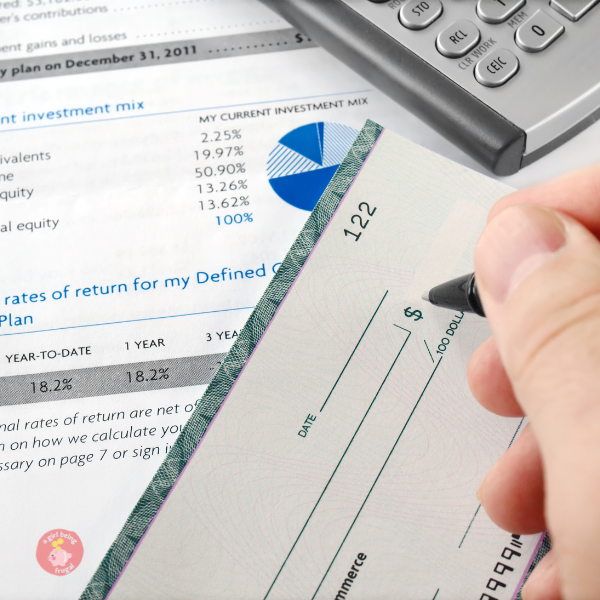
What is an example of an account number?
Your checking account number is usually between 9 and 12 digits long and appears at the bottom of your check. It is the second set of numbers following the character symbol immediately after your routing number. There may also be a check number in between, but your account number will always be the longer number. The account number lets the bank know which checking account to take the funds from.
Sometimes, the placement of the account number can be switched with the check number. But you can easily determine your account number by choosing the longer number by checking your previous bank statements or by logging into your online banking account. Your account number is private and unique to your bank account, so keep it secure.
Knowing your account number is essential for various financial transactions, such as setting up direct deposits or making electronic payments. Without your account number, your bank will not know where to direct the funds, which can lead to delays or other issues.
Now that you understand what your account number is and how to find it, let’s discuss some tips on how to keep it safe.
- Memorize your account number: While it may be tempting to write your account number down or store it on your phone, it is always best to memorize it. This can help prevent unauthorized access to your information if your phone or notebook is lost or stolen.
- Secure your documents: Always store your checks and other banking documents in a safe and secure location. These documents contain sensitive information, including your account number, which could be used for fraudulent activities.
- Protect your online banking information: Ensure that you have a strong password and do not share it with anyone. Also, avoid logging into your online banking account from public Wi-Fi or shared computers. Always use trusted devices and secure networks.
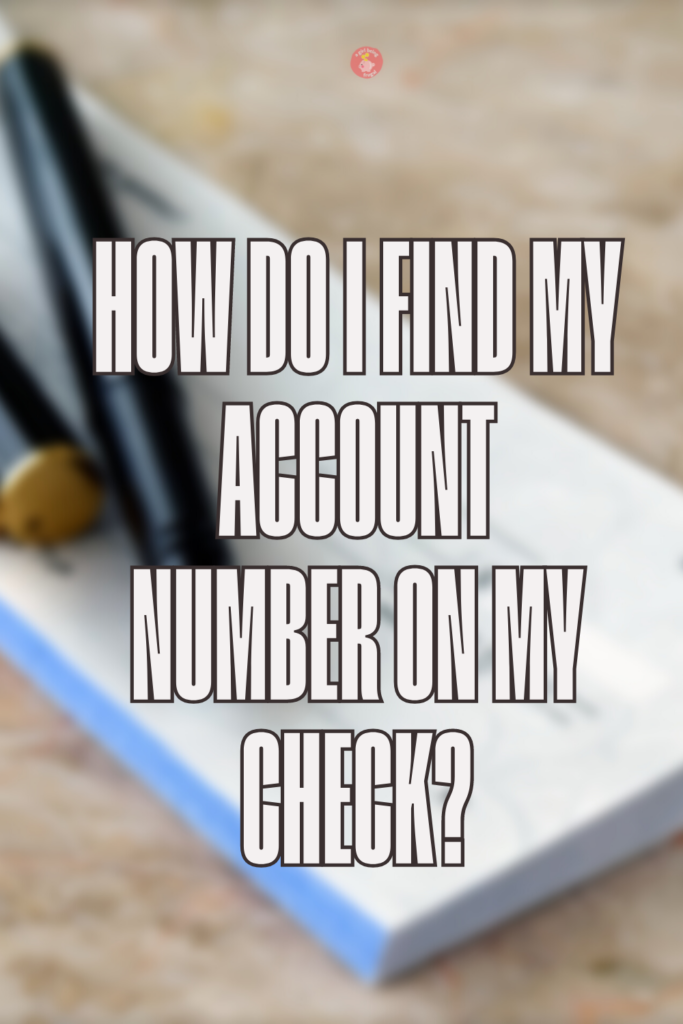
Is your account number the number on your card?
Regarding banking, it can be easy to get confused about the numerous numbers and information required for different transactions. If you are wondering whether your account number is the number on your card, the answer is no. While the number on your card is important for making debit or credit purchases and other transactions, it is not the same as your account number.
Your account number is a unique identifier that is assigned to your checking or savings account when you open it. Carrying out various transactions like direct deposit, electronic payments, and wire transfers is necessary.
On the other hand, the number on your debit or credit card is a different number, known as the card number. It is the number used to process transactions when you use your card for payments or to withdraw money from an ATM.
It’s important to note that both numbers are related and serve different purposes. Your account number is tied to the specific checking or savings account in your bank, while your card number is tied to your account information, but it is not the same thing.
For instance, if your debit or credit card is lost or stolen, you should contact your bank immediately to have the card canceled. At the same time, your account number remains the same. Once you have received a new card, it will have a different card number but will still be linked to your original account number.
So why is knowing the difference between your account and card numbers important?
It can help avoid confusion when you are carrying out different banking transactions. Mixing up these numbers is not uncommon, especially when they look similar on paper. However, using the wrong number can cause delays in transactions or lead to money being deposited into the wrong account.
Now that you understand the difference between your account number and card number, it’s crucial to keep your account number safe and secure. Your account number is a confidential and unique identifier that helps protect your finances. Without this number, it can be difficult to carry out financial transactions accurately, or worse, lead to fraudulent activities.
To keep your account number secure, avoid sharing it with anyone, even your close family members. Instead, memorize it or store it in a secure location. This way, you can prevent unauthorized access to your information if your notebook or phone is lost or stolen. Always be vigilant when using your account number online, and ensure you are using a trusted device and secure network.
It’s essential to differentiate between your account number and card number to carry out banking transactions accurately and securely. Understanding the purpose of these numbers, how they differ, and how to keep them secure will help you stay in control of your finances and avoid any fraudulent activities. As always, if you have any questions or doubts, contact your bank or credit union for guidance and assistance.
